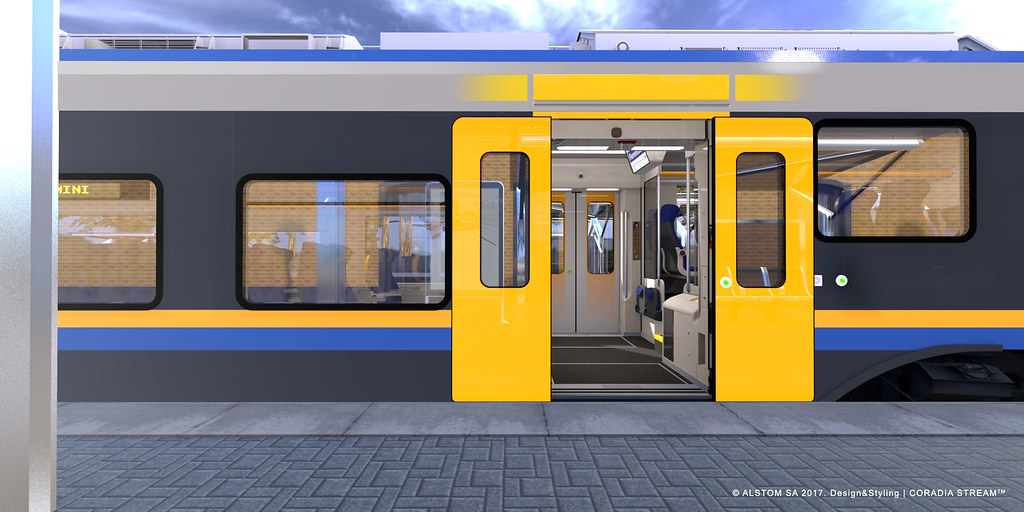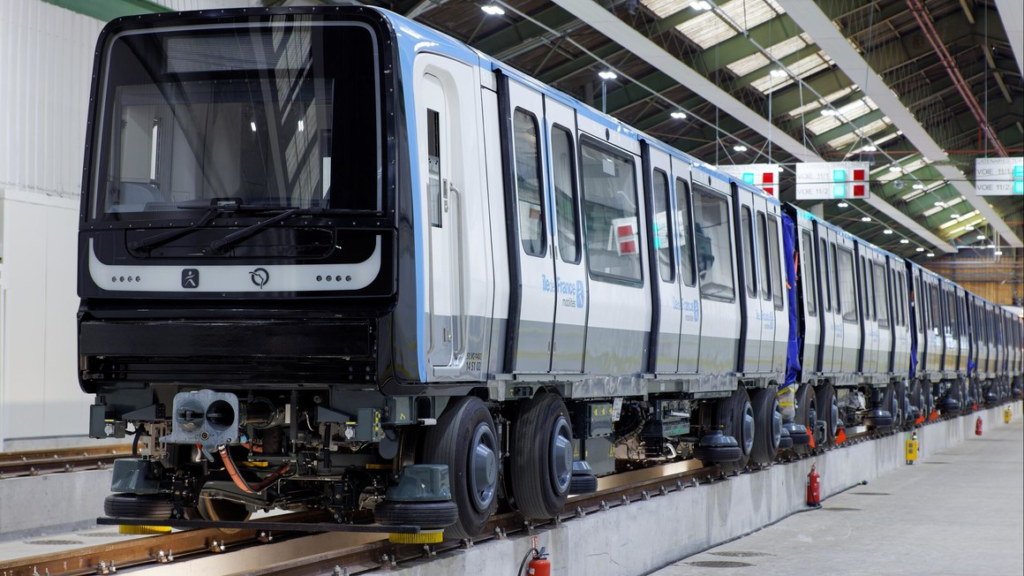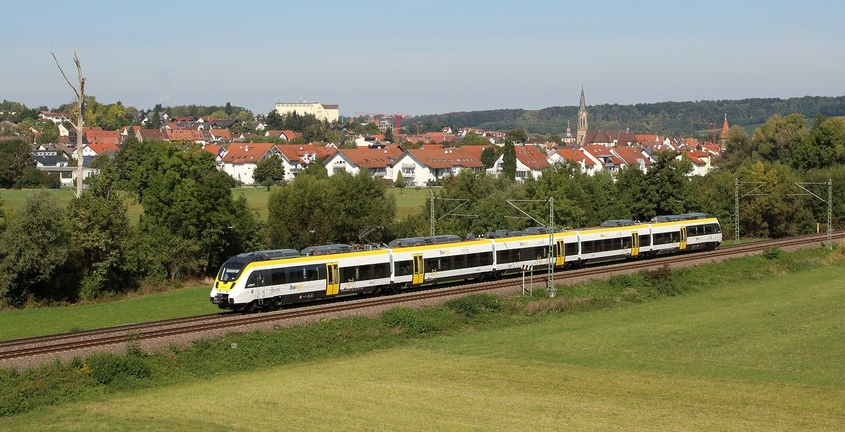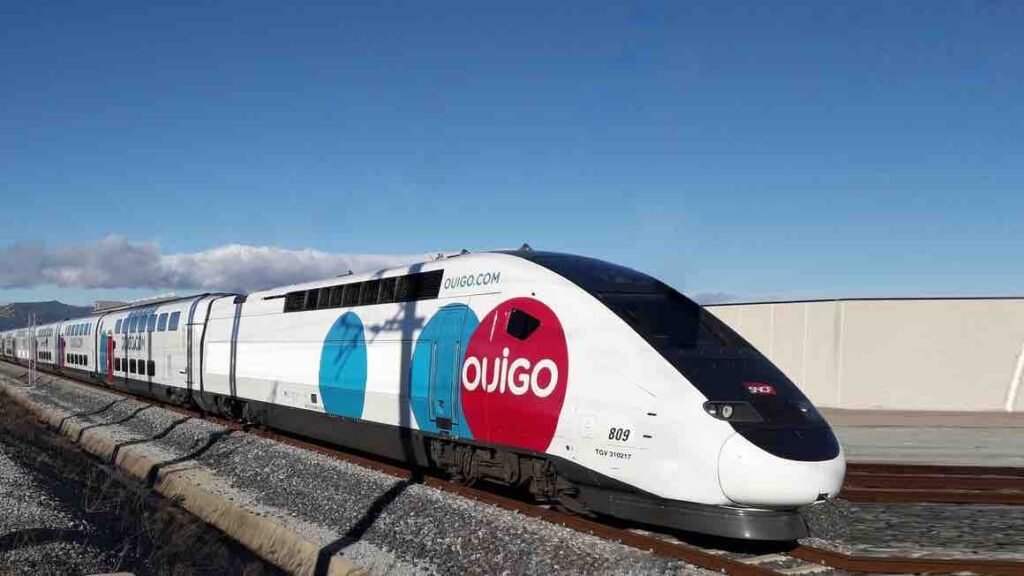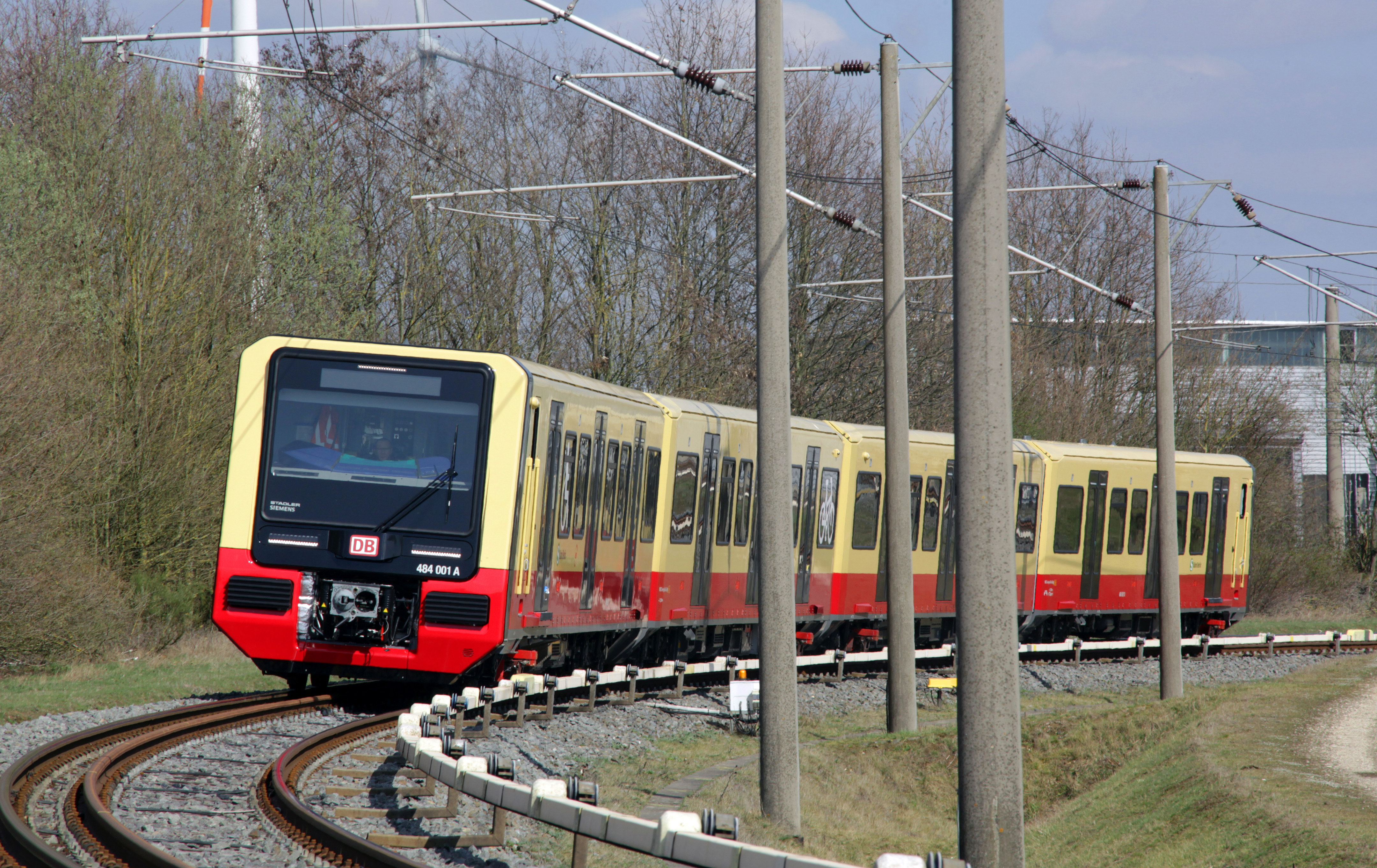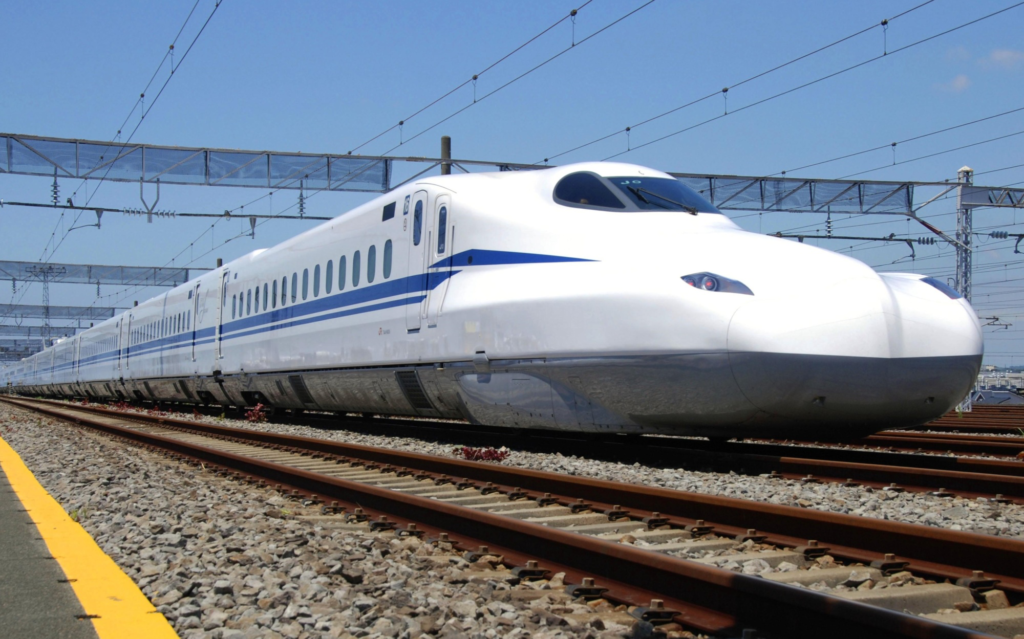Changes Adopted Following KiwiRail Track Damage Report
KiwiRail and Auckland Transport are already making changes to address issues raised by a report into track damage through Rolling Contact Fatigue that led to widespread speed restrictions across the Auckland rail network. The Auckland…

